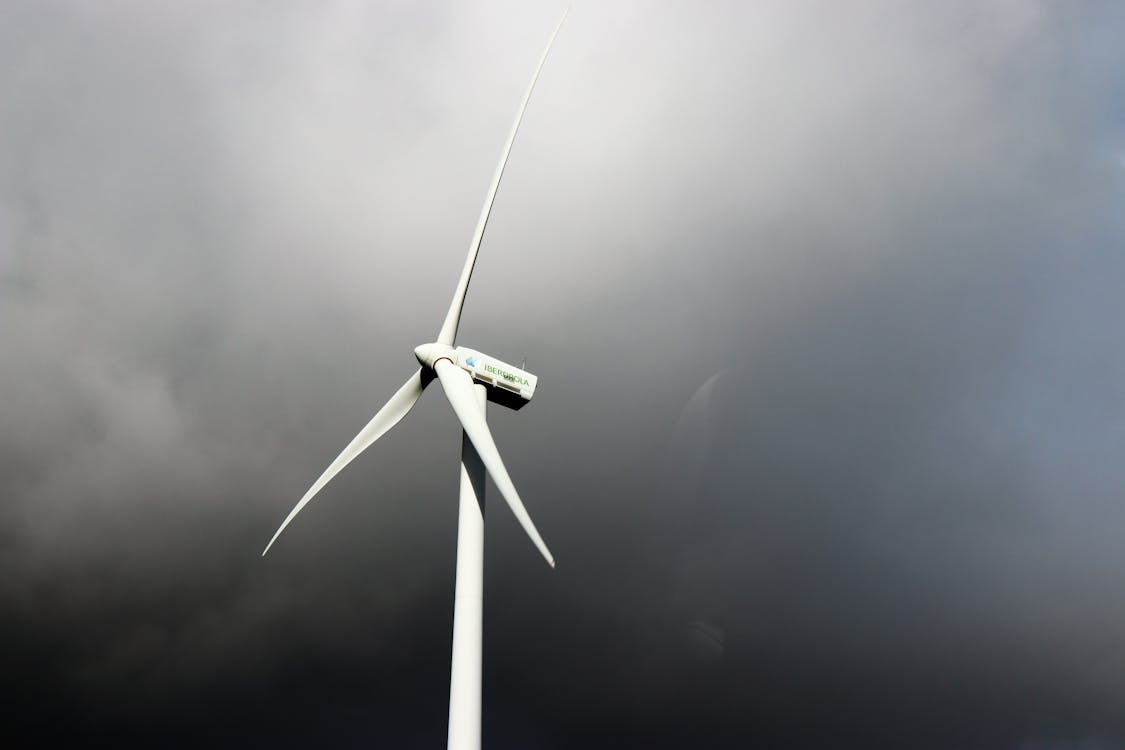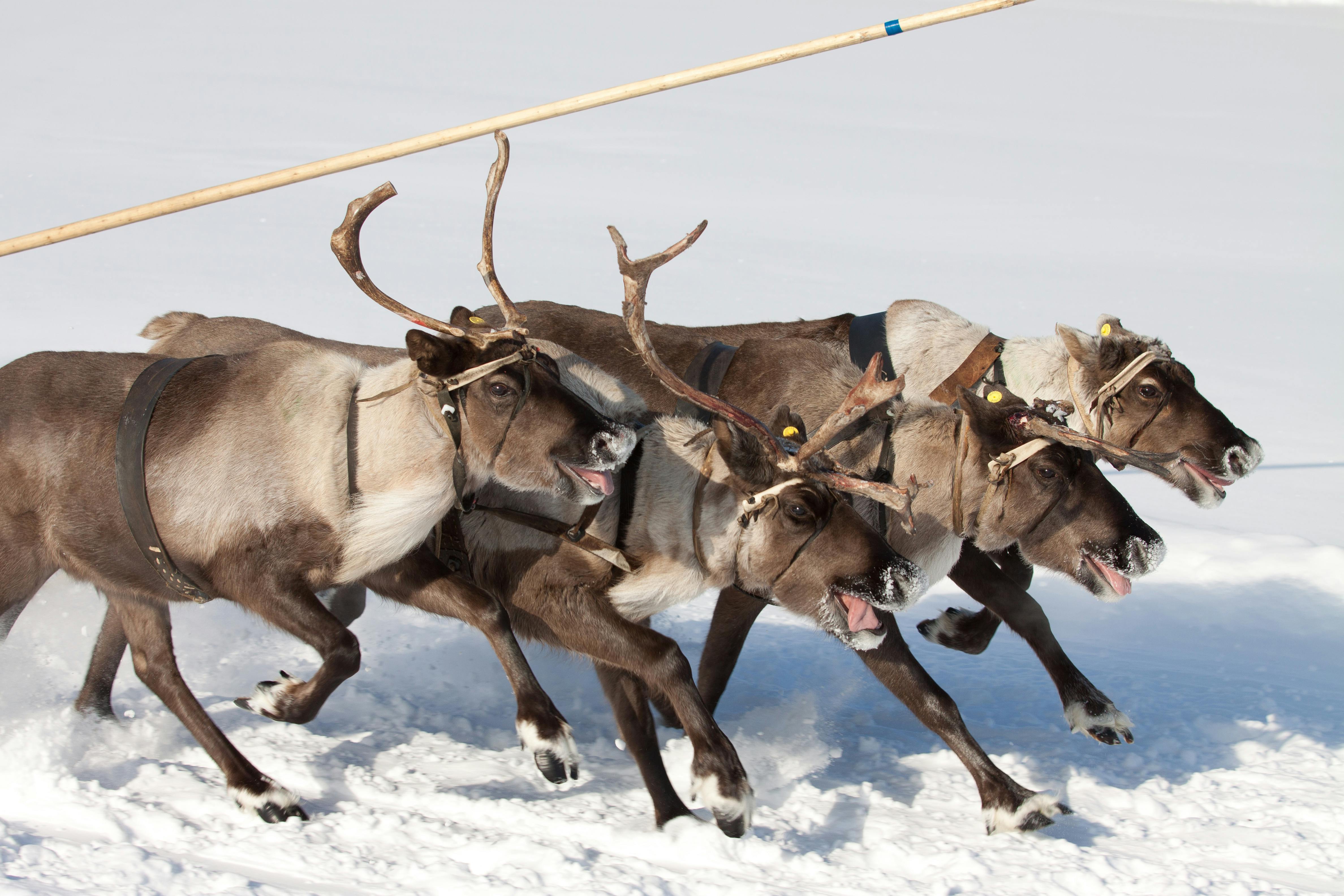Written by Tripura Oli
Geographic Map of Nepal, Source: researchgate.net
Outsiders Within
My childhood friends Sunny and Amar were visiting me in Kathmandu in 2007, and the three of us went out sightseeing in the beautiful Kathmandu Valley. We stopped at a roadside vendor to have some snacks and cold drinks. Sunny asked the vendor in Nepali, “Dai, tinwota coke dinus na” (Brother, three cokes, please). The vendor replied in broken Hindi, “Yeh lo sardar ji” (here you go, Sardar ji). I noticed discomfort on both of my friend’s faces because they were again reminded of their “otherness”.
My friend Sunny is a Sikh and wears a turban on his head as a symbol of his faith, but the vendor assumed by his looks that my friend was an Indian. My friend Amar is a Hindu and does not wear a turban but still faces a similar experience because he has an accent while speaking Nepali. The commonality between all three friends is that we were all born and brought up in the Terai region (known as Madhes), but I never had to experience the “otherness” they have been all their lives. Because I am from the dominant Nepali speaking community, whereas they are from the Awadhi speaking Madhesi community.
Who are Madhesi in Nepal?
As shown on the map above, Nepal is divided into three geographical regions – Mountain, Hill, and Plains, also known as the Terai region. Madhesi are borderland communities of southern Nepal sharing borders with India. Madhesi are the native inhabitants of the Terai (plains) region in Nepal, with a long history of origin. Yet, they are considered outsiders – Indians – due to their family and cultural affiliations across the border with India[1]. Because of this connection, the Madhesis of Nepal have been facing structural exclusion and marginalization – political, economic, and social – in Nepal for decades.
The Madhesi community comprise over two-thirds of Nepal’s total population. It’s a diverse ethnic group as there are over five languages – Maithili, Bhojpuri, Awadhi, Urdu, Hindi – spoken in the Terai region, and Madhesi are identified by the language they speak as their mother tongue, not by the geographical location where they were born in or where they live in the country. Similarly, they constitute Hindus, Sikha, indigenous Janjati ethnic groups, other native tribes and Muslims[2].
Borders and Boundaries
Humans create borders and boundaries, and initially, they were used to delimit the territorial possessions of sovereign states. So, borders played a crucial role in forming the nationalist agenda and developing nation-states. However, international borders cannot divide the culture (ethnicity, language, and religion)[3]. Borderland communities of southern Nepal and Northern India are the perfect examples of this unity. However, this shared ethnicity has been the core reason for the social exclusion of Nepal’s Madhesi community, who have been treated as outsiders in their own country. Therefore, while discussing the borders, we also need to reflect on the invisible soft borders created based on language, culture, gender, and race… in our societies and how crucial these invisible borders play in social marginalization and exclusion of certain groups over others.
Breaking the Borders
Growing up in Madhes as a Nepali-speaking girl, I was also under the impression that Madhesi people were Indian migrants in Nepal. I was never taught anything about the Madhesi people and history in school or college. Secondly, I did not see many Madhesi people in the police, army, or government offices[4]. I saw that they speak the same language as Indians across borders, share the same culture, and get married across borders.
I could relate with my Madhesi friends because I was treated as an outsider in India, where I went for my further studies based on my looks. But the case of my friends was different, as they were treated as outsiders in their own country. Seeing my friends go through such unpleasant experiences, I became interested in understanding Madhesi people and their history in Nepal and began to do my homework.
To my surprise, I discovered that Nepali speaking hill people like my family and me were the ones who migrated to Madhes less than half a century ago, and Awadhi, Maithili, and Bhojpuri speaking people who were perceived as Indian migrants were the native people of Madhes. Still, they have been structurally marginalized due to their close cultural affiliation across the border with India and are wrongly perceived as people of Indian ethnicity[5].
In my next blog, I will discuss the history and impact of this ideological border between the state and the Madhesi community of Nepal.
———————————————————————————————–
[1] Lal, C.K. (2015). Most Nepalis are Not Celebrating their New Constitution. Here’s Why. The Wire, External Affairs, South Asia.
Available at: https://thewire.in/external-affairs/most-nepalis-are-not-celebrating-their-new-constitution-heres-why (Last accessed 20/03/2022).
[2] Singh, P. (2015). Understanding the Conflict & Inclusion issues of Madhesh. Available at: https://daayitwa.org/storage/archives/1582525302.pdf (Last accessed 20/03/2022).
[3] Brunet-Jailly, E. (2010). The State of Borders and Borderlands Studies 2009: A Historical View and a View from the Journal of Borderlands Studies (eds) Iwashita, A. & Chi, H. N. (2010), Eurasia Border Review Part I: Current Trends in Border Analysis.
[4] Ibid
[5] Ibid



